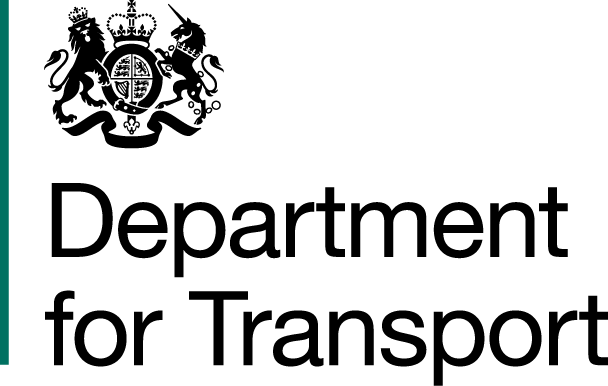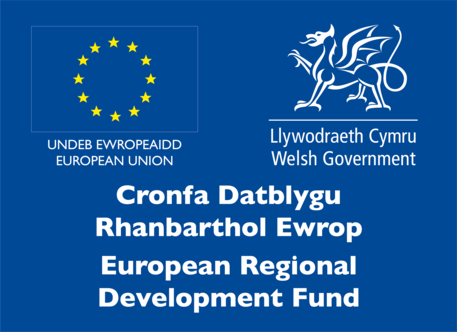Wales National Travel Survey: Data publication options
Overview
The Wales National Travel Survey (WNTS) will collect information on travel attitudes and behaviour in Wales. It is designed to be representative of the Welsh population. Data will be available at the national and regional level. The survey is in two parts: a mode-specific questionnaire consisting of attitudinal questions across a range of transport modes and a two-day travel diary, recording respondents’ travel over the previous two days.
The information collected will inform policy and decision making. It will be used to monitor progress against targets outlined in Llwybr Newydd: The Wales Transport Strategy 2021 and Net Zero Wales.
We are interested in understanding how to communicate statistics to users most effectively, considering their needs on how we should publish statistics.
There are several publication options for topic-specific releases with details on their length, format and how quickly they would be available to users.
You can record your thoughts and preferences on this short questionnaire.
Update: The survey for recording responses on the below publication options has now closed. However, if you would like to share your thoughts please email travelsurvey@tfw.wales.
|
Type |
Length |
Outputs |
Timelines |
|---|---|---|---|
|
1. Short summary |
Short (One page) |
Bullet-point list of key facts and a workbook containing data tables. |
Published |
|
2. Interactive chart tool |
Short (One page) |
Interactive chart tool and a short list of key statistics, plus a workbook containing data tables. |
Published |
|
3. Data article |
Medium (5-10 pages) |
A mix of text, charts and infographics, plus a workbook containing data tables. |
Published |
|
4. Detailed bulletin |
Long (10-15 pages) |
Detailed report combining attitudinal responses with travel behaviours, plus a workbook containing data tables. |
Published |
|
5. Mode factbooks |
Long (15+ pages) |
A combination of several (potential) publications into a single, comprehensive factbook by each travel mode. |
Published |
Throughout this report, mock data are used to show how the presentation options may look. These figures are mock data, and so should not be quoted or used.
Option 1: Short summary
Overview of the publication:
The publication would include a workbook containing multiple data tables for the mode and a one-page summary of the key findings. The summary is presented in bullet-point format.
Example:
Option 2: Interactive chart tool
Overview of the publication:
An interactive chart tool is published alongside multiple tables in a data workbook. The interactive chart tool will be a Power Bi visualisation that allows users to select between measures, demographic breakdowns and national and regional-level data (where available).
A short list of key facts will also be included, similar to Option 1.
Example:
Option 2: Interactive chart tool
Option 3: Data article
Overview of the publication:
A written, five to ten page article detailing key analysis and comparisons across different demographic groups and geographic breakdowns. Charts and infographics will be embedded among the text, reducing the need to thoroughly investigate the data. A workbook will be published as a data source to support article.
Example:
Option 4: Detailed bulletin
Overview of the publication:
A longer, 10-15 page report combining attitudinal responses (e.g., satisfaction, feeling of welcomeness) with recorded travel patterns from the two-day travel diary. This will build upon the written analysis in Option 3, exploring the impact of travel attitudes on travel behaviours. A workbook will be published alongside the bulletin.
Example:
Option 5: Mode factbooks
Overview of the publication:
A long, mode-specific report, likely 15+ pages. The analysis will include all key facts and breakdowns by use and attitudes, including differences between geographies, where available.
This comprehensive report will combine several smaller reports and be the key source of all mode-specific information. In addition, several data tables will be published alongside the factbook.
Example:
- Chapter 1: Cycling journeys per day and overall mode share
- Chapter 2: Cycling journeys by cycle type
- Chapter 3: Cycling satisfaction and feeling of welcomeness
- Chapter 4: Differences in cycle usage by satisfaction and welcomeness
- Chapter 5: Inequality of cycling ability by age, sex and ability



